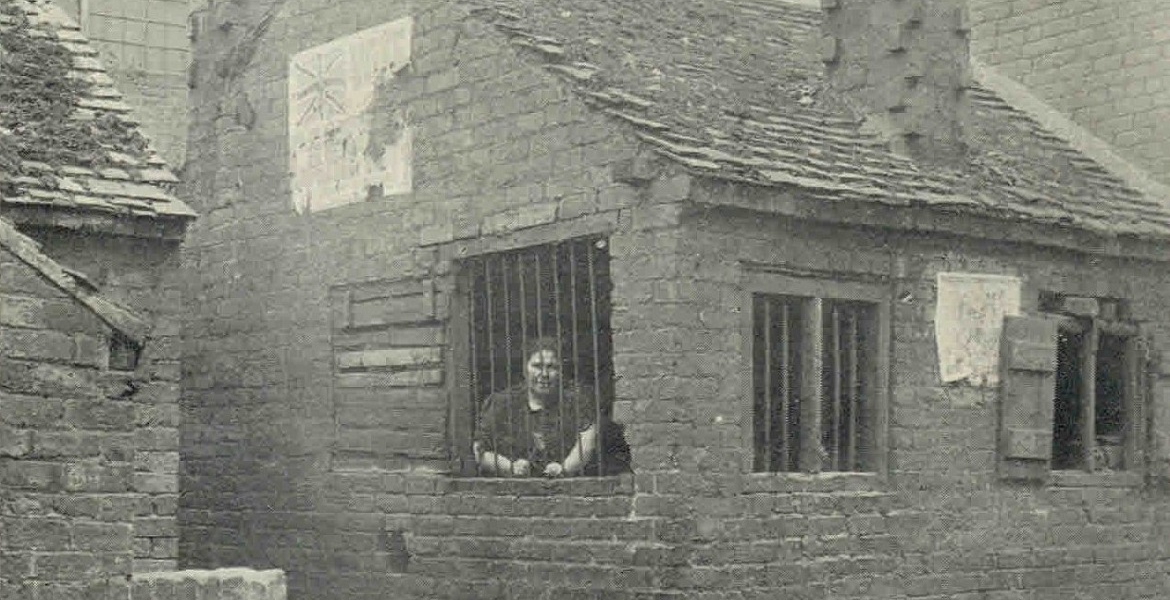What were 'sweated' industries?

The 1889 report of the House of Lords Committee on Sweating identified three main factors which distinguished 'sweated' industries or sweatshops - (1) the worker is underpaid, (2) the hours are excessive, and (3) there are insanitary working conditions.
The economic historian Sir William Ashley's 1903 classification of those who worked in 'sweated' industries as "cheap, low-grade and docile labour" 1, was expanded on by the Fabian Society author Betty Leigh Hutchins to include those who "either by reason of sex, age, infirmity or want of organisation and support, ... have to let their work go cheap".
In the late 19th and early 20th century many of the 'sweated' industries relied on home workers - men, women and children who made a product at home (rather than in a factory) and sold them on to the retailer, often through a middleman or middlewomen. Working conditions of factory workers were partly regulated through the Factory Acts, but industries with low levels of trade union organisation and, in particular, a high percentage of women workers, were still often regarded as 'sweating' their employees.
1 W.J. Ashley, The Tariff Problem (P. S. King, 1903), p.110.
2 B.L. Hutchins, Home work and sweating: The causes and the remedies (Fabian Society 1907), p.4.
